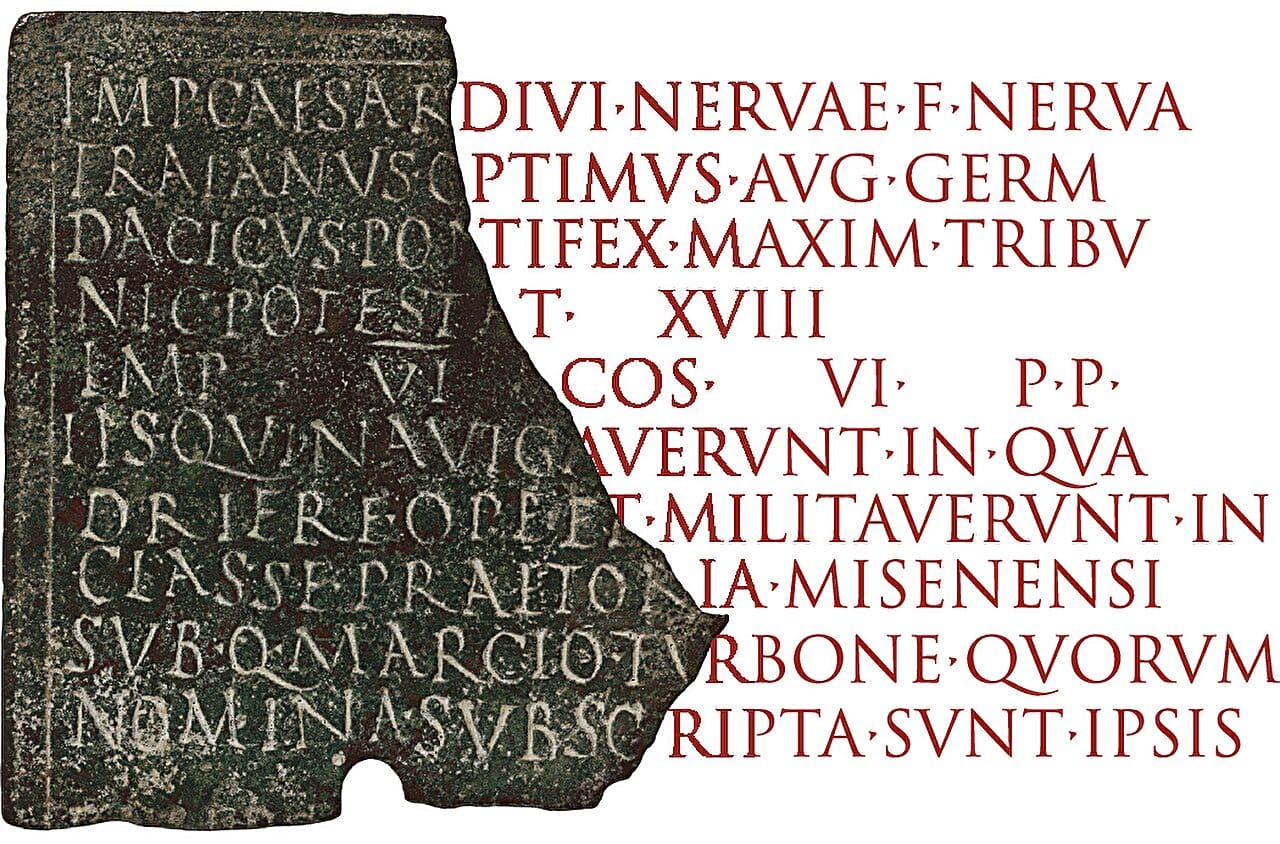In ancient Rome, writing wasn’t confined to scrolls or rare manuscripts—it was chiseled into the world itself. Inscriptions adorned everything from soaring imperial arches to mundane household goods. These etched words recorded triumphs, traded goods, mourned the dead, cast spells, and even scribbled love notes or political jabs. Rome’s stone-carved language was public, personal, and profoundly human.
But time has been less kind to these voices than stone was. Most of the inscriptions that survive today are fragmentary, faded, or violently erased. To decipher them, scholars must piece together puzzles with missing edges, relying on years of training and intimate knowledge of historical patterns. It’s painstaking work. Until now.
In a groundbreaking fusion of ancient scholarship and advanced artificial intelligence, a team led by Google DeepMind and the University of Nottingham has unveiled Aeneas—an AI model named after the mythological wanderer who bridged fallen Troy and rising Rome. And now, thanks to the collaboration of leading epigraphist Professor Alison Cooley from the University of Warwick, this digital Aeneas is helping historians restore fragmented Roman texts with uncanny skill—and surprising humility.
A Machine for Memory
At first glance, an AI model parsing Latin inscriptions might seem like overreach—a futuristic hammer swinging at marble history. But the need is real. Roman inscriptions are riddled with ellipses: names half-erased, dates disputed, locations uncertain. Context is king in epigraphy, and without it, even complete phrases can mislead. Traditionally, scholars hunted for parallels—texts with similar language, structure, or provenance—to anchor their interpretations. But searching thousands of inscriptions manually is like looking for kinship in a sea of gravestones.
That’s where Aeneas becomes a marvel. It has been trained on an enormous corpus of Latin inscriptions, enabling it to identify patterns and relationships across vast distances in time and geography. Aeneas doesn’t just translate; it reasons. It recognizes nuances of grammar, stylistic markers of time periods, and ideological fingerprints that once whispered from Rome’s shattered stones.
Putting AI to the Test of Rome’s First Emperor
Professor Cooley, a world-renowned authority on Roman inscriptions, put Aeneas through a real-world stress test: interpreting the Res Gestae Divi Augusti, the ultimate PR document of ancient history. Carved into bronze and copied across the Roman world, this text is Emperor Augustus’ own account of his achievements—grandiose, politically charged, and academically controversial.
“This isn’t just any inscription,” Cooley explains. “It’s full of strategic omissions, deliberately vague geography, and heavy ideological spin. Scholars have debated its dating and intention for over a century.”
And yet, Aeneas held its ground. The model identified orthographic quirks—variations in spelling and phrasing—that signaled shifts in Latin usage, allowing it to narrow down possible dates. It linked ideological motifs in the Res Gestae to other texts from distant corners of the empire, piecing together a narrative that was as much political as philological. In a moment that stunned even its testers, Aeneas didn’t settle on a single interpretation. It offered two date ranges, mirroring precisely the current scholarly debate.
In other words, the model didn’t just give an answer—it acknowledged ambiguity. It reflected the tension of real historical inquiry, demonstrating an ability not just to analyze, but to think like a historian.
A Scholar and a Server in Conversation
Cooley’s role in the collaboration wasn’t just to validate outputs—it was to teach the AI how to listen better. “My job,” she says, “was to verify that Aeneas wasn’t just throwing up superficial connections. Could it actually grasp the deeper fabric of Roman historical writing? Could it understand why an emperor might choose one verb over another? Could it see what wasn’t said?”
The answer, increasingly, is yes. But it’s not perfect. Aeneas is still a tool, not a seer. What makes it revolutionary is not its ability to replace scholars, but to amplify them—to bring the vast archive of Roman voices within reach and help decode them at a speed and scale never before possible.
This collaboration, published in the journal Nature, marks a transformative moment in the humanities. For centuries, epigraphy has been an esoteric discipline, accessible to a handful of experts with decades of training. Now, with the help of AI, it’s becoming a vibrant, interdisciplinary science—one that can open the ancient world to new questions, new scholars, and new audiences.
More Than Latin on Stone
Though Latin inscriptions are Aeneas’ native tongue, the roadmap stretches much farther. The model is designed to be adaptable—to tackle Greek inscriptions, Aramaic scrolls, Sumerian tablets, even the cryptic messages engraved on ancient coinage. Its architecture allows researchers to train it on any historical corpus, making it a kind of universal decoder for humanity’s earliest texts.
And it isn’t just about recovery. It’s about connection. Aeneas can spot common themes between texts separated by centuries and continents. It may find that a birthday invitation scribbled in Pompeii shares a phrase with a curse tablet in Roman Britain, or that a funerary epitaph in North Africa echoes the propaganda of an emperor. These links offer not just information, but insight—hints of how culture, politics, and language flowed through the arteries of a global empire.
Aeneas at the Crossroads of Time
The AI model’s name is no coincidence. Like the Trojan hero who founded the lineage of Rome, this digital Aeneas walks between worlds—the mythic and the real, the ancient and the artificial, the past and the possible. It carries memory across a broken landscape, not to resurrect the dead, but to understand them better.
Professor Cooley sees this as the beginning of a new era. “This is no longer about rescuing words from silence,” she says. “It’s about creating a conversation between past and present. Aeneas lets us ask bigger, deeper questions—and hear the ancient world answer back.”
The Future of History Has Arrived
As AI reshapes science, medicine, and art, it now turns its gaze to the ruins of history—not to rebuild them, but to reimagine how we listen. Aeneas stands as a testament to what can happen when algorithms meet ancient wisdom, and when scholars and machines collaborate with shared curiosity.
The stones of Rome are still speaking. Thanks to Aeneas, we’re finally listening faster, and more clearly, than ever before.
Reference: Yannis Assael, Contextualizing ancient texts with generative neural networks, Nature (2025). DOI: 10.1038/s41586-025-09292-5. www.nature.com/articles/s41586-025-09292-5






